€5.98
/ per pack
Choose seeds per pack:
Botanical nomenclature: Wrightia religiosa / Echites religiosus
Common name: sacred buddhist, water jasmine, sacred flower, sacred mok, wild water plum
Family: apocynaceae
Origin: thailand, malaysia and vietnam
Height: 3,00 – 6,00 meters
Climate: see description
Brightness: full sun, partial shading
Religious Wrightia is widely explored in the art of bonsai.
Wrightia religiosa is an evergreen and evergreen plant, widely distributed in tropical Southeast Asia, usually grows into a shrub that rarely exceeds 5.00 meters in height, with oblong leaves and white flowers on long stems that are deliciously aromatic.
Under suitable conditions, it can bloom year round and more profusely in late summer and throughout the winter.
The flowers are more intensely aromatic from the late afternoon and evening.
This species is often found growing on moist heaths of tropical forests.
Etymology:
Gender (wrightia): is named after dr. William Wrigth (1740-1827), who was a Scotch doctor and botanist, and who also identified the indigenous species cinchona jamaicensis, in 1777.
Species (religious): means sacred and religious rites.
Ethnobotanical uses:
Cultural / religious: In thailand, Buddhist monks usually plant this species close to their temples.
The delicate flowers remain large clusters and the perfume permeates throughout the garden.
In suitable conditions, warm and tropical climates, it grows and blossoms quickly from seeds. All you need is heat and plenty of water, and if you are not getting enough water, the leaves turn yellow and fall, a tropical response common to drought.
The species is sensitive to cold and becomes semi-deciduous in regions where winter is most intense. In tropical and subtropical climates, it always remains green and blooms year-round.
Religious Wrightia is widely explored in the art of bonsai.
Propagation is generally performed from seeds which germinate readily after immersion in water at room temperature, or slightly annealed for 24 hours.
| Weight | N/A |
|---|
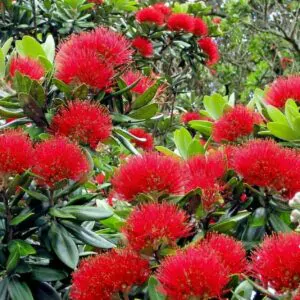
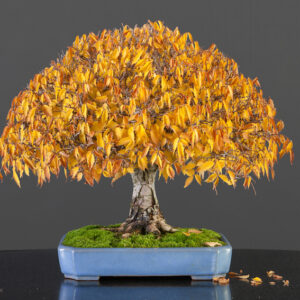
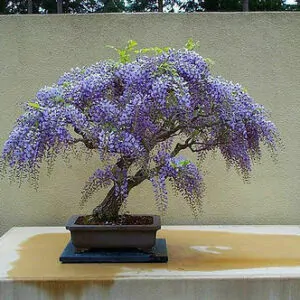
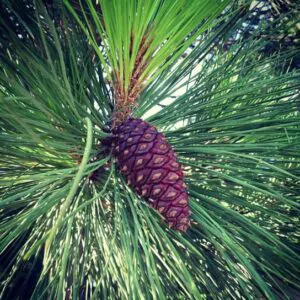
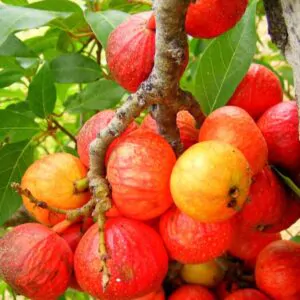

| Cookie | Duration | Description |
|---|---|---|
| cookielawinfo-checkbox-analytics | 11 months | This cookie is set by GDPR Cookie Consent plugin. The cookie is used to store the user consent for the cookies in the category "Analytics". |
| cookielawinfo-checkbox-functional | 11 months | The cookie is set by GDPR cookie consent to record the user consent for the cookies in the category "Functional". |
| cookielawinfo-checkbox-necessary | 11 months | This cookie is set by GDPR Cookie Consent plugin. The cookies is used to store the user consent for the cookies in the category "Necessary". |
| cookielawinfo-checkbox-others | 11 months | This cookie is set by GDPR Cookie Consent plugin. The cookie is used to store the user consent for the cookies in the category "Other. |
| cookielawinfo-checkbox-performance | 11 months | This cookie is set by GDPR Cookie Consent plugin. The cookie is used to store the user consent for the cookies in the category "Performance". |
| viewed_cookie_policy | 11 months | The cookie is set by the GDPR Cookie Consent plugin and is used to store whether or not user has consented to the use of cookies. It does not store any personal data. |